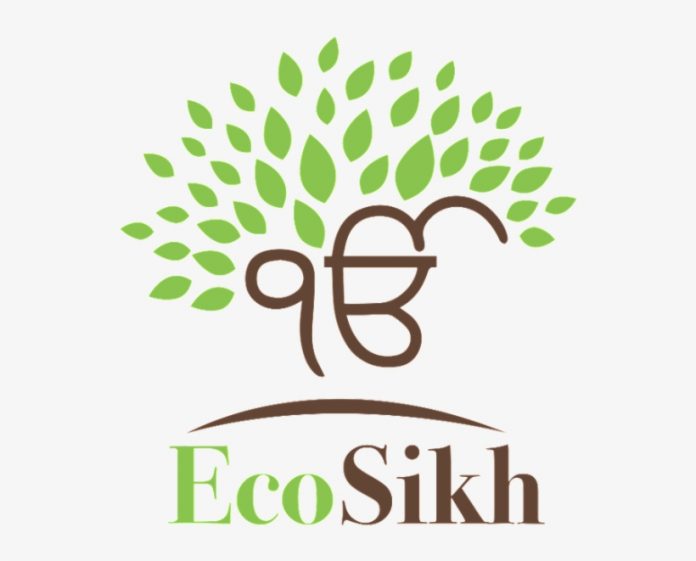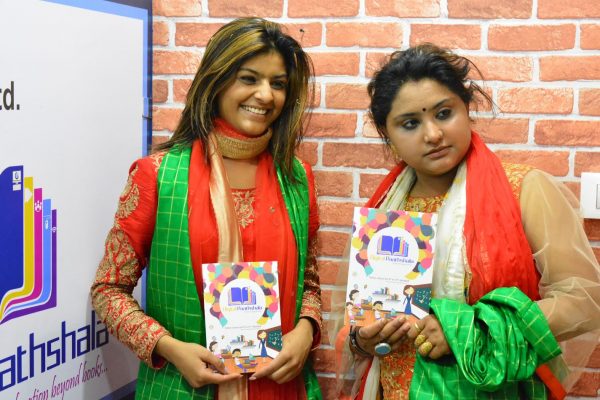Ludhiana: 28 July 2021
In a bid to ensure that people of Ludhiana breathe clean and healthy air, top government officials from Ludhiana, which is often ranked as one of the most polluted cities in Punjab, along with air quality experts came together for a virtual discussion to not only highlight the post Covid-19 challenges in the implementation of the Clean Air Action Plan, but also the role of the stakeholders in ensuring effective implementation.
The discussion was organized by EcoSikh in collaboration with Clean Air Punjab – a citizen’s initiative and the panel included, Swati Tiwana, Joint Commissioner, Ludhiana Municipal Corporation, Gulshan Rai, Chief Environmental Engineer, Punjab Pollution Control Board (PPCB), Kahan Singh Pannu, Former IAS and advisor NHAI Punjab region, Tanushree Ganguly, Programme Lead, Air Quality from Council on Energy Environment and Water (CEEW), and citizen activist & Founder, CEO of web soft Jaskirat Singh.
More than 100 concerned citizens from Ludhiana, which has received a special grant of Rs 26 crores last year to improve air quality in the state’s industrial heartland attended the session to understand how authorities were implementing and executing the action plan.
Swati Tiwana informed that Ludhiana was one of the non-attainment cities and hence has been getting grants under the 15th finance commission from Central Government, specifically to control the sources of pollution, to neutralize them if not minimize.
“To counter all the damages being caused due to air pollution, efforts must be put in making complete changes on the ground as well as planning in a way that at least in future, we are able to bring down the air pollution levels,” she emphasized.
Explaining that despite Ludhiana being among the nine non-attainment cities in Punjab, Tanushree Ganguly said that it had only one real-time and 4 manual monitoring stations, as opposed to a minimum requirement of 11 monitors.
“However, none of the manual stations report data on PM2.5. Transport, dust, industries, and the residential sector are the major pollution sources in the city. Interestingly, existing source apportionment studies for the city point to a significant contribution from sources outside city limits,” she informed.
Ganguly further stated that besides all this the seasonal crop residue burning also deteriorates the city’s air quality. “Therefore, to address pollution in the city, it would be imperative to ramp up air quality monitoring and generate more evidence on local and regional sources of pollution impacting the city, ” she said.
Kahan Singh Pannu mentioned that strict action needs to be instigated against pollution from smoke-spewing factories, especially thermal, paper, cement and chemical plants, besides brick-kilns as these industry owners often deliberately turn off the pollution control devices to save cost, even though effectively installed. “Air quality measuring stations need to be set up at around 100 places in the state to keep an eye on the pollution. No violation should be allowed to go unpunished,” he said.
Highlighting the reducing green cover Jaskirat Singh, an environment activist said that Ludhiana has only 1.65% forest cover, which authorities and citizens need to not only protect at all costs but also take efforts to increase.
“Apart from other actions under the clean air action plan, we must also conserve our Mattewara forest and all other smaller forests and tree cover in Ludhiana as we and our future generation will need oxygen to breathe and this green cover will help us in improving the air quality.”
Even as the discussion ended on a positive note to improve the air quality in Ludhiana, post the virtual discussion, a group of citizens, which attended the convening decided to form a watchdog group. This group of active citizens will keep a track on implementation of Ludhiana’s clean air action plan for public health and environment protection.
Experts and citizens also highlighted that as per the report by IQAir, Ludhiana’s ranking amongst the most polluted cities has dropped over the past three years- from being 95th in 2018 it was ranked 142 in 2020. However air quality experts have been cautioning the authorities that the situation still remains critical as the PM2.5 levels in Ludhiana was currently four times above the WHO exposure recommendation.
















